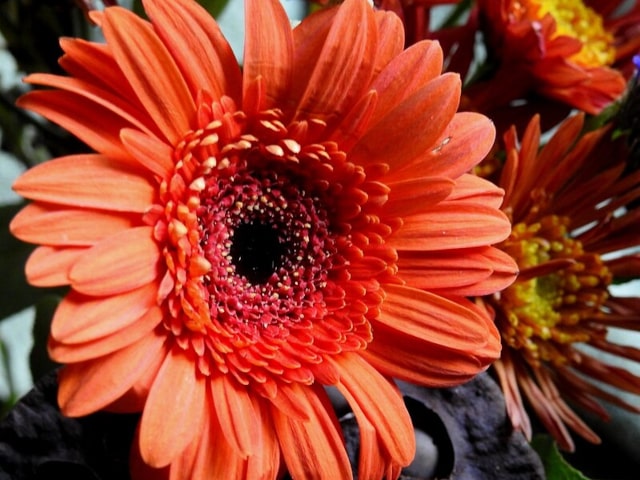
If you wish to grow Gerbera Daisies in your home or garden, you need to know how to make them thrive. The good news is that these plants are not difficult to care for. However, there are some basic things you need to keep in mind. This essential care for Gerbera Daisies will ensure that your plants are happy and ready to produce those bright, colorful flowers.
Soil Requirements
Gerbera Daisies prefer a slightly acidic soil. Ideally, the pH values of the soil should be between 5.5 and 6.5. Keep in mind that higher values of pH can cause chlorosis of the plant, which will manifest as yellow stripes on the leaves. On the other hand, too low pH is not good either. If the soil has too low pH values black spots or patches will appear on the leaves.
Light Requirements
Gerbera Daisies prefer full sun to partial shade. Think about this when deciding on the best spot to place or plant your Gerbera Daisies. Keep in mind that "sun" doesn't really mean "heat". These plants can't tolerate intense heat. This is why it's best to give them some morning sun in the warmer zones but provide them with shade in the afternoon. However, if you live in a colder climate then full sun during the day may be appropriate. It might be for the best to avoid planting your Gerbera Daisies near stone walls or foundations because these can reflect heat back for the whole duration of the day, which is not best for these plants.
Watering Requirements
Gerbera Daisies require regular watering but it doesn't mean you should over-water them. About 1 in. per week is enough. However, this might not be enough during the hot and dry spells, so keep a good eye on your plant. The soil should never be dry for too long before you water it. Also, your Gerbera Daises will need more water while you first get them established, so keep this in mind.
Fertilizer Requirements
In order to make your Gerbera Daisy thrive, you need to provide it with all the essential nutrients. It means that you need to use a good fertilizer regularly. However, keep in mind that feeding will always depend on the quality of the soil. For example, it is always best to start with rich soil that has a high content of organic matter. This will give your Gerbera Daisies a good start. Since they will be growing a lot throughout the summer, it is important to provide them with a water-soluble fertilizer once per month.
Starting Gerbera Daisies
One thing to keep in mind about Gerbera Daisies is that they can be expensive. They are not often sold as seedlings in packs. The individual plants that are already grown can be very expensive. It might therefore be the best to start your Gerbera Daisies directly from seed. Some varieties are readily available in seed and can easily be grown this way. However, keep in mind that even seeds can be expensive.
If you want to start your Gerbera Daisies from seed, keep in mind that this can be done successfully. However, it is important to remember that these plants tend to develop slowly. This is one of the reasons why they are so expensive. If you wish to start them from seeds, make sure to do it indoors. Do it about 12 to 18 weeks before the anticipated last frost date. Simply sow the seed in paper pots or peat. It is important to go this way because these plants don't like to have their roots disturbed during transplanting.
You need to provide the seeds with light to germinate. Simply press them on top of the soil mix. Make sure not to cover seeds with more soil. However, you may cover the container with plastic. This will help it retain moisture for the soil and the seeds. It is important to place seeds in a warm place. It needs temperatures of about 70 to 75 degrees F (21-24 degrees Celsius). You should wait for about 2 to 4 weeks for seed to germinate.
After the seeds are germinated and your Gerbera Daisies start to grow, you may start thinking about planting them outside or in a container. If you choose to grow your plants outdoors, keep in mind that you need to do it once the outside temperatures are high enough. It is absolutely crucial to wait after all the danger of frost has passed. Only then it is ok to plant your Gerbera Daisies in the garden.
For planting, it is best to choose a well-draining spot that has a good light exposure. This is essential for basic care and it will make your Gerbera Daisies grow healthy and strong. When planting, make sure that the crown is about 1/2 inches (1.25 cm) above the soil line. This is extremely important because otherwise you may suffocate your plant and cause other problems.
Overwintering
In case you want to bring your Gerbera Daisies inside in the winter you don't have to plant them properly in the garden. You can simply leave them in a container and sink the container in the ground. When the time comes to take the plant inside, simply dig up the pot and take your Gerbera Daisies indoors. This is a quick way to move your plants indoors. Not to mention that it can also benefit the plant because you won't be disturbing its roots.
Keep in mind that your Gerbera Daisies will keep flowering once you bring them indoors. It is best to provide them with winter temperatures of about 45 to 50 degrees F (7-10 degrees Celsius). You also need to give them plenty of full sun. Also, keep in mind not to over-water your Gerbera Daisies during the winter. You should only water once the soil is dry about an inch or two below the surface.
Also, your Gerbera Daisies can spend the winter dormant. This can be achieved if you keep the containers cool. However, you need to make sure that the containers are not freezing. You should water the pots lightly every month and allow them to dry.
Photo credit: jjjj56cp
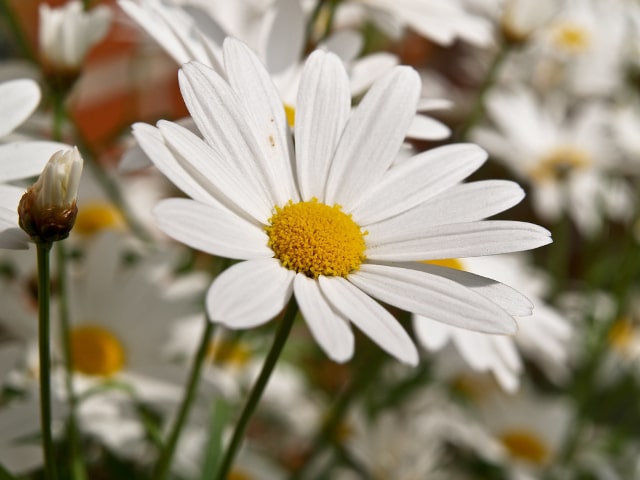
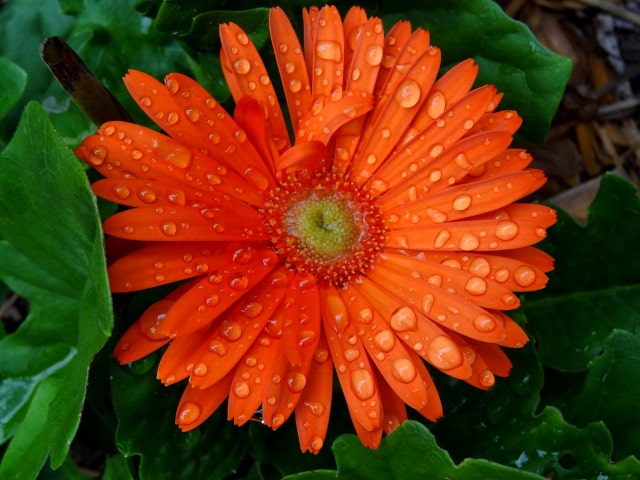
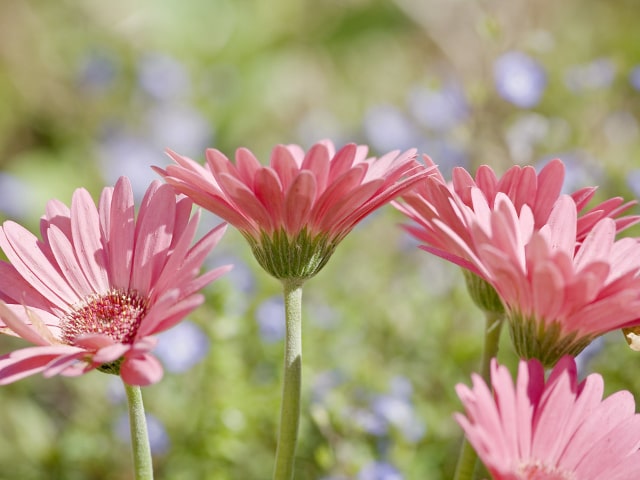
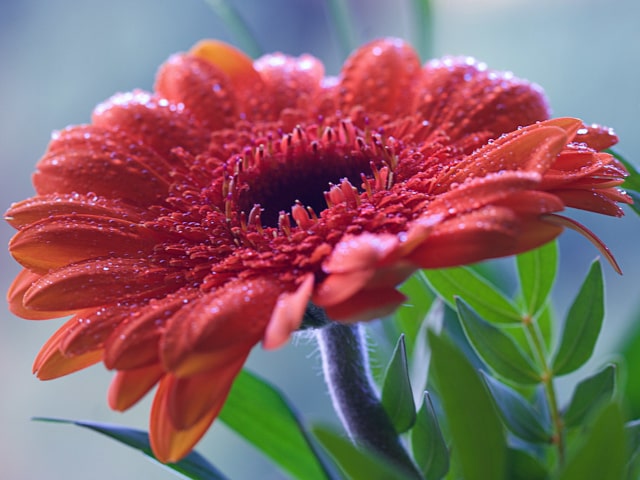
0 Comments